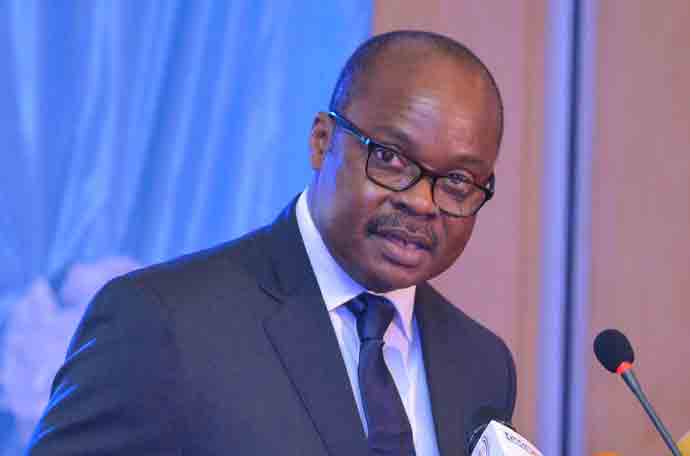Dr. Ernest Addison
Ghana’s policy rate of 19% is the second highest in Sub-Saharan Africa after Angola, Fitch Solutions tracking of 20 countries in the region has revealed.
This is coming after the recent adjustments of the key lending rate of many central banks in the region.
Ghana’s banking industry has been characterised by high lending rates, making cost of doing business expensive, compared to neighboring Côte d’Ivoire (policy rate of 4%) and Nigeria (policy rate of 11.50%).
However, this is due to largely weak fiscal economy, compelling the Bank of Ghana to increase its benchmark indicator- the policy rate – to help control the rising inflation as well as the volatility of the cedi.
The policy rate which is the key indicator that the Central Bank lends to commercial banks have gone up by 5.5% in the last nine months.
Though some have argued that the Bank of Ghana’s Inflation Targeting framework is not the best tool to fight inflation, the Central Bank has refuted that claim.
The policy rate is a key determinant of lending rates in the country, but that is not the only factor banks consider in pricing loans.
Banks will usually not lend below 91-day Treasury bill rate which is presently above 24%.
The financial intermediaries also prioritise inflation, cost of funds and non-performing loans as some key factors considered before lending.
Meanwhile, Equatorial Guinea, Cameroon and Gabon have the lowest policy rate of 3.50% each in Sub Saharan Africa.
COUNTRYPOLICY RATE (%)Cameroon3.50Guinea3.50Gabon3.50Congo Brazzaville3.50Coted’lvoire4.00Togo4.00South Africa5.25Botswana5.50Tanzania6.00Uganda7.50Congo DRC7.50Kenya8.00Zambia10.00Ethiopia10.00Nigeria11.50South Sudan12.00Malawi12.00Mozambique15.75Ghana19.00Angola20.00



